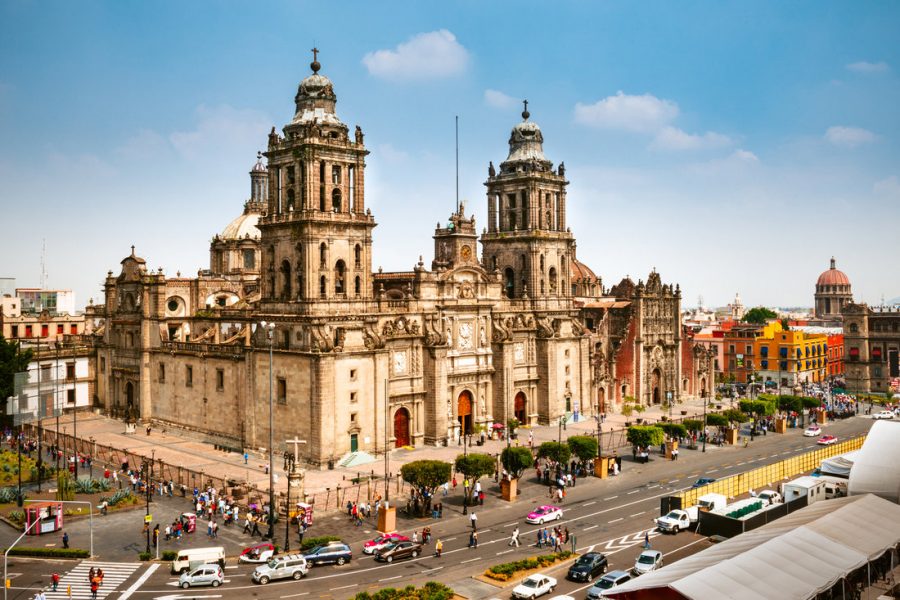Mexico’s Migrant Problem
A new Trump administration policy will soon require migrants to remain in Mexico while their asylum cases to enter the United States are in the court system, giving the Mexican government the responsibility to care for thousands of migrants.
The asylum process normally takes months or years, according to The Washington Post, leaving migrants to rely on the Mexican government for shelter, food, and necessary supplies.
Many are worried about the change, which some think will prove catastrophic for Mexican cities like Tijuana, which borders San Diego, and, at its San Ysidro Point of Entry, is the most heavily-trafficked border in the United States. On an average day, 50,000 northbound cars enter the States at this crossing; another 25,000 enter on foot, according to a 2017 Politico article.
Pat Murphy, a Catholic priest who runs Casa del Migrante, a large shelter in the Mexican city told The Washington Post, “Disaster is the only word that comes to me. We are already living in such a tenuous situation now.”
The Mexican government is already struggling to provide housing and other services for thousands of migrants currently living in the country. Forcing the new asylum seekers to remain in the country during their immigration process could wreak havoc on Mexican resources.
Eric Olson, a senior adviser at the Woodrow Wilson Center for International Scholars in Washington, D.C., senses a shift in Mexico’s relationship to asylum seekers.
“Mexico has always seen itself as a transit country and not a receiving country for migrants,” he said. “But the reality seems that more and more Central Americans are settling in Mexico.”
Mexico’s Foreign Ministry reluctantly announced last week that it would host the migrants during the asylum process. Currently, the country is attempting to support the 1,000 percent increase in the number of Central Americans who have sought asylum in the United States in the past four years.
In an austerity plan by new president Andrés Manuel Lopéz Obrador, the government has slashed the budgets for its migration and refugee agencies.
The Mexican government must also deal with the United States’ response to those trying to illegally cross the Southern Border. On January 1, American border officers sprayed tear gas into Mexico to drive away about 150 migrants trying to cross the border, The New York Times reported.
Andrew Meehan, a spokesman for the American Border Patrol agency, said the officers used tear gas because it was an “issue of safety for the officers and frankly safety [for] the migrants.”
The Associated Press claimed that the gas affected women and children, however Customs and Border Protection stated that “no agents witnessed any of the migrants at the fence line, including children, experiencing effects of the chemical agents.”
In an effort to limit the number of Central Americans seeking asylum, President Lopéz Obrador is investing in impoverished areas of Central America and southern Mexico so that people don’t feel forced to leave, according to the San Diego Union Tribune.
In a recent speech in Chiapas, Mexico, the President said, “This is not a problem that can be confronted only with the use of force, with coercive measures; human rights must be guaranteed.”
The tense relationship between the United States and Mexico will continue for now as President Trump toughens his stance on border security, and only time will tell the amount of damage that the American policy will have on the Mexican government and economy.
Ellie Wolfe is a senior from Northampton Massachusetts. In her free time, she enjoys going for runs and hanging out with her friends, and runs The Willistonian...








